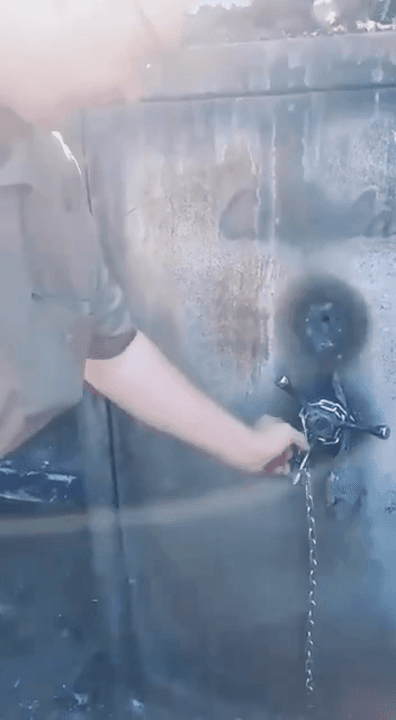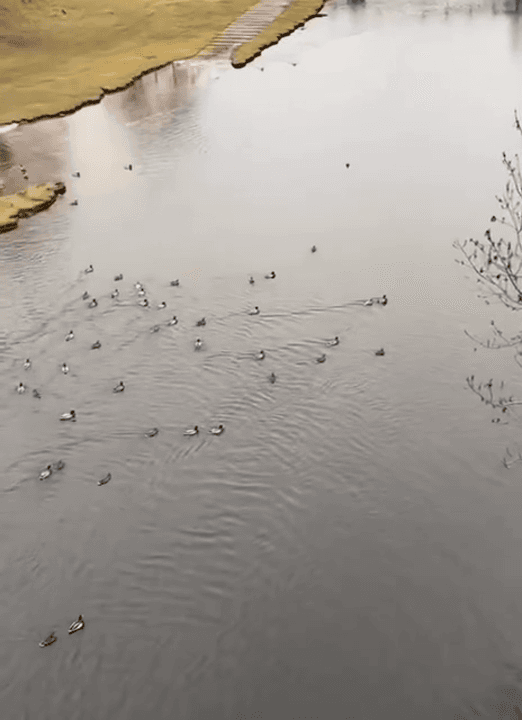
By Aaron Webber The three muskox bulls were getting anxious and it appeared that they were about to run again. I had chased this particular bull several times from a larger herd, but after several failed attempts to get a clear shot, it had finally broken off from the herd with two other, smaller bulls. I jumped off my snowmachine and got ready with my 7 mm Mag. The largest bull had moved away from the other two and presented a broadside shot. I instinctively stood, aimed, and fired at the bull. The bull took off running. I reloaded and followed up with a second shot which knocked the bull to the ground. I had finally bagged my bull! I started shaking severely. Whether it was delayed buck fever, or the fact that it was freezing cold, or perhaps a combination of both, I don’t know. I calmed myself enough to climb back on my snowmachine and drove over to the downed bull. The rest of the group arrived just before I did. My dad met me at my machine and gave me a big hug. The others whoo
Post: 28 October 10:03
















































